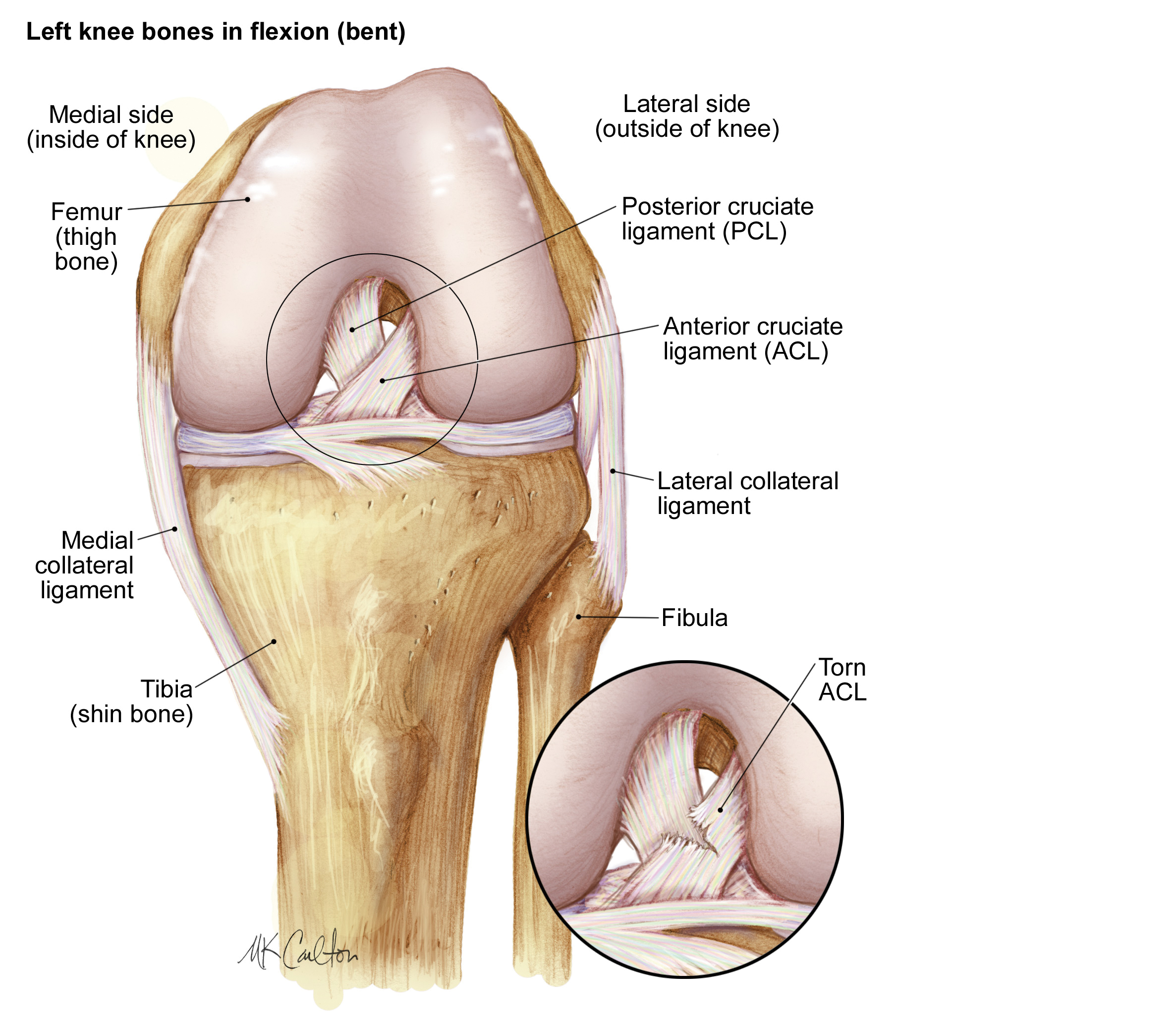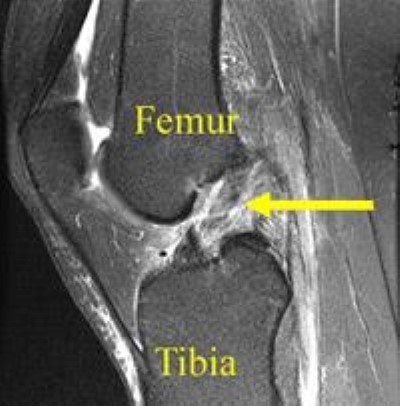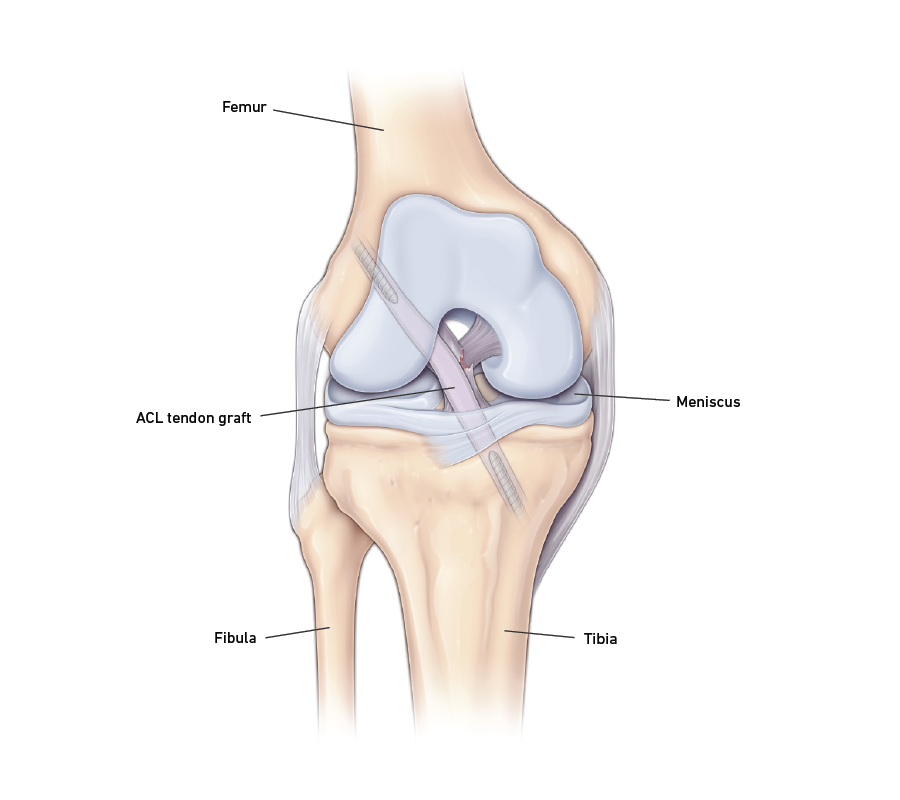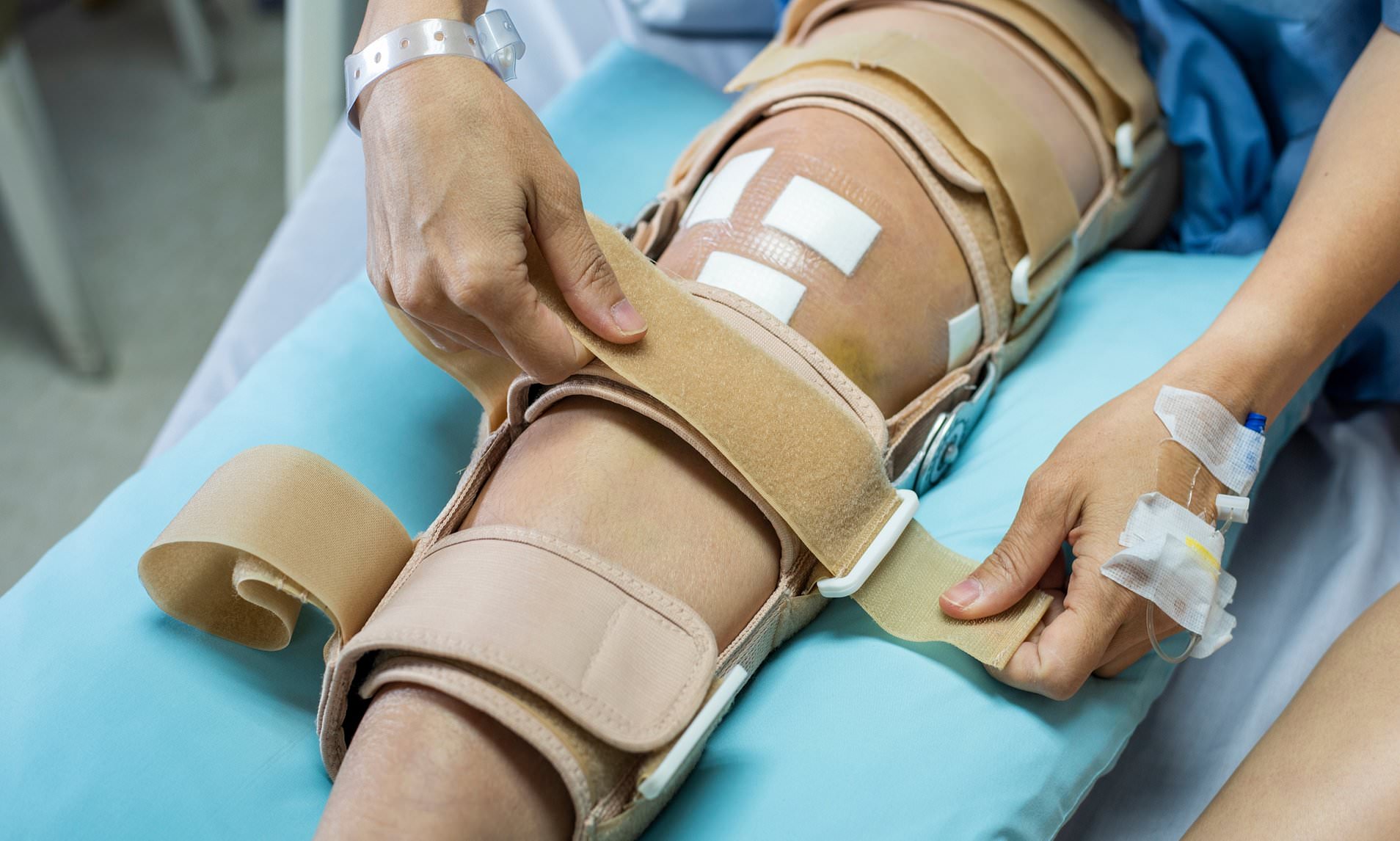ACL injury refers to Anterior Cruciate Ligament injury. Discussed below are the symptoms, causes, complications, prevention, diagnosis, and treatment of the injury.
ACL damage may be due to tear or sprain of the anterior symmetrical (KROO-she-ate) ligament (ACL) —it is one of the predominant ligaments for your knee. ACL accidents usually arise in the course of sports activities that contain sudden stops or modifications during direction, leaping or touchdown — like a football, basketball, rugby etc.
Many human beings listen or sense a “pop” in the knee whilst ACL damage. Your knee may swell, feel volatile and grow weak & painful.
Depending on the sternness of the ACL damage on your knee, the remedy may include relaxation or rehabilitation techniques. The relaxation will help you regain energy /balance and if surgical treatment needed to change the torn or damaged ligament observed that will need rehabilitation and relaxation to regain lost flexibility.


Symptoms / Visible Signs
Signs of ACL damage generally include:
• A loud “pop” or a “popping” sensation in the knee
• Severe ache and incapability to retain posture or body weight
• Rapid swelling
• Loss of variety of movement
Causes
Ligaments are robust bands of tissue that join one bone to the other. The ACL are critical ligaments that connect to the middle of the knee and joins your femur (femur) on your tibia, and enables to stabilize the knee structure.
ACL accidents generally appear in the course of sports activities that put location pressure resulting in wear and tear of the ACL, destabilize/ weaken the balance between the upper and lower leg at the knee junction
Complications
People with ACL damage are at higher threat of growing arthritis. Arthritis can also additionally arise albeit you’ve got surgical treatment to reconstruct the ligament. Other knee related issues like MCL inflammation can also crop up in due course if ACL is not allowed to heal completely before the person is back to normal routine.
Prevention
Proper diet, training, workout and adequate rest will facilitate ligament health & reduce the risk of ligament damage. A medico, healer, athletic teacher, or exclusive expert in medicine may provide assessment, preparation, and remarks that could help you reduce risks of ACL damage.
What all may lessen chances of ACL damage ??
• Exercises that make leg muscle tissues stronger, build hamstring strength for lower & upper leg muscle energy
• Exercises to reinforce the core, in addition to the hips, pelvis and decrease abdomen
• Careful, motion accurate approach while leaping and touchdown from jumps
Training to reinforce muscle tissues of the legs, hips, and core conjointly with training to reinforce leaping and touchdown techniques may facilitate to lessen ACL damage. Female athletes tend to have weaker backs & lower body strength so they must be extra careful.
Diagnosis
During the bodily exam, your medical doctor can take a look at your knee for swelling and tenderness & try and find if any contrast to your regular knee movements as in unbroken state. He or she is going to conjointly circulate your knee right into a variety of positions to evaluate a variety of movements and common possible for the unbroken joint.
Often the diagnosis is based on physical examination, however, assessments are done to rule out different reasons and to assess the severity of the damage. These assessments may include:
• X-rays. X-rays may also be required to rule out a bone fracture. However, X-rays do not display tender tissues, like ligaments and tendons.
• Resonance Imaging (MRI). -Tomography makes use of radio waves and a robust magnetic flux to take photographs of every tender tissue for your body. Tomography will display the extent of ACL damage and symptoms of damage to exclusive tissues.


Treatment
There are surgical and non-surgical treatments for ACL injury.
Under non-surgical treatment, there are two ways: the first way is bracing, in which a brace is used to protect the knee. The second treatment is physical therapy, in which rehabilitation; exercises are done by the patient.
Under surgical treatment, if you opt to have ACL reconstruction surgery, the surgeon will replace the damaged ligament with a tendon, which is also called a graft & process is known as grafting. This can be an auto graft (using a tendon from your knee) or an allograft (using a donor’s tendon).
The specialists can perform a procedure where the graft is passed through a small hole in the knee & allowed to hold the structure as the ACL would do to allow the ACL to rest till it heals, & later with rehabilitation and exercises the ACL & joint can be brought back to better motion.
Being cautious is very important; it is the best prevention method that a person can do. Never treat any injury as small at the start; it can lead to many complications. Get yourself tested if you are injured to be on a safer side.




